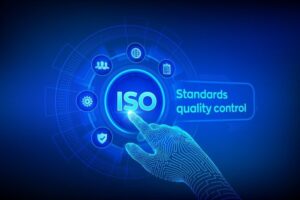ISO 31000 is the Risk Management Standard that rules and guides for executing authoritative danger the executives. The Standard is invariant 2018 and presents a reference procedure and in a conventional manner, which can be adjusted to any subject, for example, quality, climate, word-related security, and wellbeing, against pay off, consistency, and so forth.
It is available in all administration framework guidelines fitting to Annex SL, which makes the ISO 31000 technique critical for organizations that have an administration framework executed as per ISO principles.
The Standard expresses that “overseeing chances is iterative and assists associations with building up systems, accomplish goals and decide.” Only by this assertion would we be able to see the reasonable arrangement of hazard the executives at the most noteworthy hierarchical level, the vital. This is because, with a viable danger evaluation, associations can expect issues, patterns, and effects for a more confident dynamic.
Risk management process
- Scope, context, and criteria
- Risk assessment process
- Risk identification
- Risk analysis
- Risk assessment
- Risk treatment
- Registration and reporting
The risk management process observes an event record and reports with the synergy between scope, context, and criteria. The risk assessment process is basically divided into three stages: risk identification, risk analysis, and risk assessment, with a defined criterion within the risk treatment.
It is important to highlight the presence and support processes for risk management, such as communication and consultation, monitoring, and critical analysis. Communication and consultation are essential within a risk management process, as it is the stage where you collect input information and communicate output information, thus maintaining the dynamic process.
The monitoring and critical analysis of risk management is an integral part of a continuous system. There is no point in the process of static risk management. Without feedback, it needs to be analyzed at planned intervals or in cases of significant events. To conclude this article, but not to exhaust the subject, I emphasize the importance of ISO 31000 for all Management System Standards. It would be correct before implementing any management system, using ISO 31000 for risk management of the theme and starting the implementation







